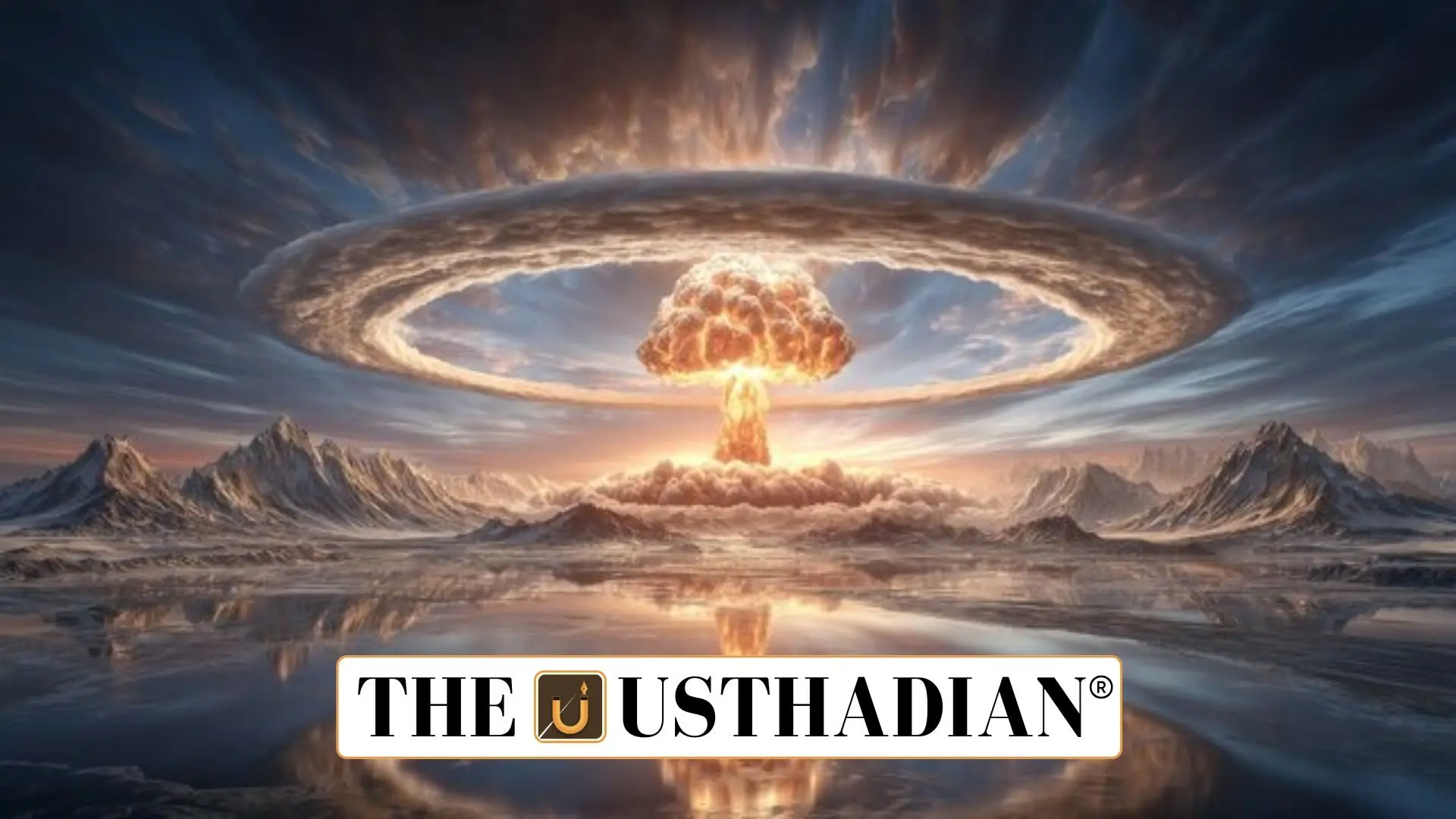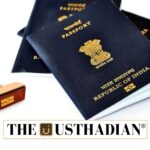A New Era in Thermonuclear Technology
China’s Fissile-Free Hydrogen Bomb Test Raises Global Alarm: China has recently tested a revolutionary hydrogen bomb that does not rely on traditional fissile materials such as uranium or plutonium. This marks a dramatic shift in the nature of nuclear weapons development. Instead of the classic two-stage fission-fusion process, China’s new device uses advanced fusion techniques—notably magnesium hydride-based ignition. This allows the bomb to function without generating the typical radioactive fallout, fundamentally challenging the current global understanding of nuclear deterrence and arms control.
How a Fissile-Free Hydrogen Bomb Works
Traditional hydrogen bombs are based on a fission-triggered fusion mechanism. In contrast, the new Chinese device skips the fission stage entirely. It employs Inertial Confinement Fusion (ICF) and Magnetic Compression methods, such as the Z-pinch plasma system, to achieve the extreme temperatures and pressure required for hydrogen isotopes to fuse. This breakthrough uses deuterium and tritium to unleash massive energy, but without the radioactive signature that would typically trigger international detection systems.
Legal and Security Dilemmas
One of the most alarming aspects of this innovation is its ability to bypass global treaties. Agreements like the Nuclear Non-Proliferation Treaty (NPT) and the Comprehensive Nuclear-Test-Ban Treaty (CTBT) define nuclear weapons in terms of fissile materials. Since the Chinese bomb excludes such materials, it operates in a legal grey area. Moreover, fusion fuels are relatively less regulated, making them more accessible for dual-use in civilian and military research, raising fears of proliferation and potential misuse by rogue states or terrorist groups.
Strategic and Military Implications
The development of a non-radiological, compact thermonuclear weapon introduces new dimensions to modern warfare. These bombs are harder to detect, more portable, and ideal for covert operations or gray-zone warfare, where traditional military detection mechanisms may fail. Their non-radioactive nature could allow smuggling or disguised industrial use, increasing their appeal to non-state actors or smaller nations looking to bypass international norms discreetly.
International Response and India’s Position
In light of this development, there is a growing call to redefine nuclear weapons not just by the presence of fissile materials but by their energy output and fusion capabilities. Experts propose expanding CTBT mandates and creating a Fusion Weapons Verification Body (FWVB) under the International Atomic Energy Agency (IAEA), similar to how the OPCW oversees chemical weapons. For India, which maintains a credible minimum deterrence policy, this moment demands strategic re-evaluation. It must invest in detection technologies for non-fissile weapons and engage in diplomatic efforts to modernize global arms control frameworks.
STATIC GK SNAPSHOT
China’s Fissile-Free Hydrogen Bomb Test Raises Global Alarm:
| Topic | Details |
| What was tested? | Fissile-free hydrogen bomb |
| Country | China |
| New Fusion Method | Magnesium hydride, Inertial Confinement Fusion (ICF), Z-pinch |
| Why it matters | No uranium/plutonium used, avoids traditional detection |
| Treaty Violation | Circumvents NPT & CTBT |
| Major Concerns | Proliferation, covert use, dual-use research risk |
| Proposed Solutions | Expand CTBT definitions, create FWVB under IAEA |
| Implications for India | Strategic upgrade, fusion-detection investment, policy review |








